12 Ways to Add Value to Your Home
Our home is often our greatest asset, and for many of us it makes sense to capitalise on that investment.
Follow these 12 important steps to add value to your property.
Planning your home improvement
Before you bring in the builders, bear in mind that the path to home improvement can be a rocky one and you aren’t guaranteed massive returns.
It is always a good idea to check with local agents as to whether a major home improvement will add value to your property. Every home has its ceiling price, so make sure that the cost does not outweigh the profit.
It is also vital that you get in the professionals, to ensure the work is properly thought out, well executed and finished to the highest standard, as poor workmanship and design can end up reducing the value of your home.
Ideally, traders should come from personal recommendations. If this is not an option, look to contractors affiliated to recognised organisations, such as The Federation of Master Builders (FMB) or The Royal Institute of British Architects (RIBA).
Always get at least three quotes and ask to see examples of their work, along with references.
You must ensure that all works adhere to any planning and building legislation that may apply. Homeowners who cannot produce approved documentation will again be damaging the saleability of their property. So avoid the pitfalls and make sure that you‘re maximising the value of your home.
1. Extend your home
Increasing the square footage of your property is nearly always a money spinner and, according to the Nationwide Building Society, a well thought out extension can add anything up to 12 per cent to the market value of your home.
10 Home Extensions packed with Wow FactorA well-planned home extension has the potential to turn even the humblest of properties into a comfortable, stylish and light-filled home. With the right design and execution, you can create a wonderful new space that not only transforms the way you interact with your living environment, but also adds significant value to your property. Check out these stunning home extensions from across the UK to inspire your next project. |
Costs for a single storey extension start at £30,000 with a double height extension costing from £40,000 – so it pays to consider doubling up as the major outlay tends to be the foundations and the roof.
Whatever you choose, pay careful attention to the design and layout, as a poorly designed, oversized, ugly or badly placed extension could devalue your property.
The golden rule is to ensure that the extension is in keeping and proportion with the existing property and that the new space works well both inside and out.
You should also ensure that the ratio of upper to ground floor rooms remains balanced and that outside space is not significantly reduced.
2. Add a basement
Although there are no official figures as to just how much value a habitable basement will add to your home, there is no doubt that conversions can be a cost-effective way of increasing square footage, especially in urban areas where land is restricted.
Bear in mind that digging out a new basement will cost at least £80,000 and in many cases a lot more, making it much harder to recoup your investment.
Learn more: Should You Build a Basement?
Converting an existing cellar or basement, on the other hand, can cost as little as £20,000, although again costs can quickly rise due to the need to create adequate head height, the expense of tanking (waterproofing) and the need to dig out light wells.
A well planned and constructed basement will not only give you an extra floor but could recoup your expenditure and earn you half as much again in added value.
3. Convert your loft
According to the Halifax survey, loft conversions offer the best value for money when it comes to home improvements, adding up to 15 per cent to your property’s market value. They can also increase available floor space by anything up to 30 per cent according to the FMB.
The average, basic conversion costs from £16,000 to £20,000, but this figure can soon rise if you are planning a dormer or more complicated works.
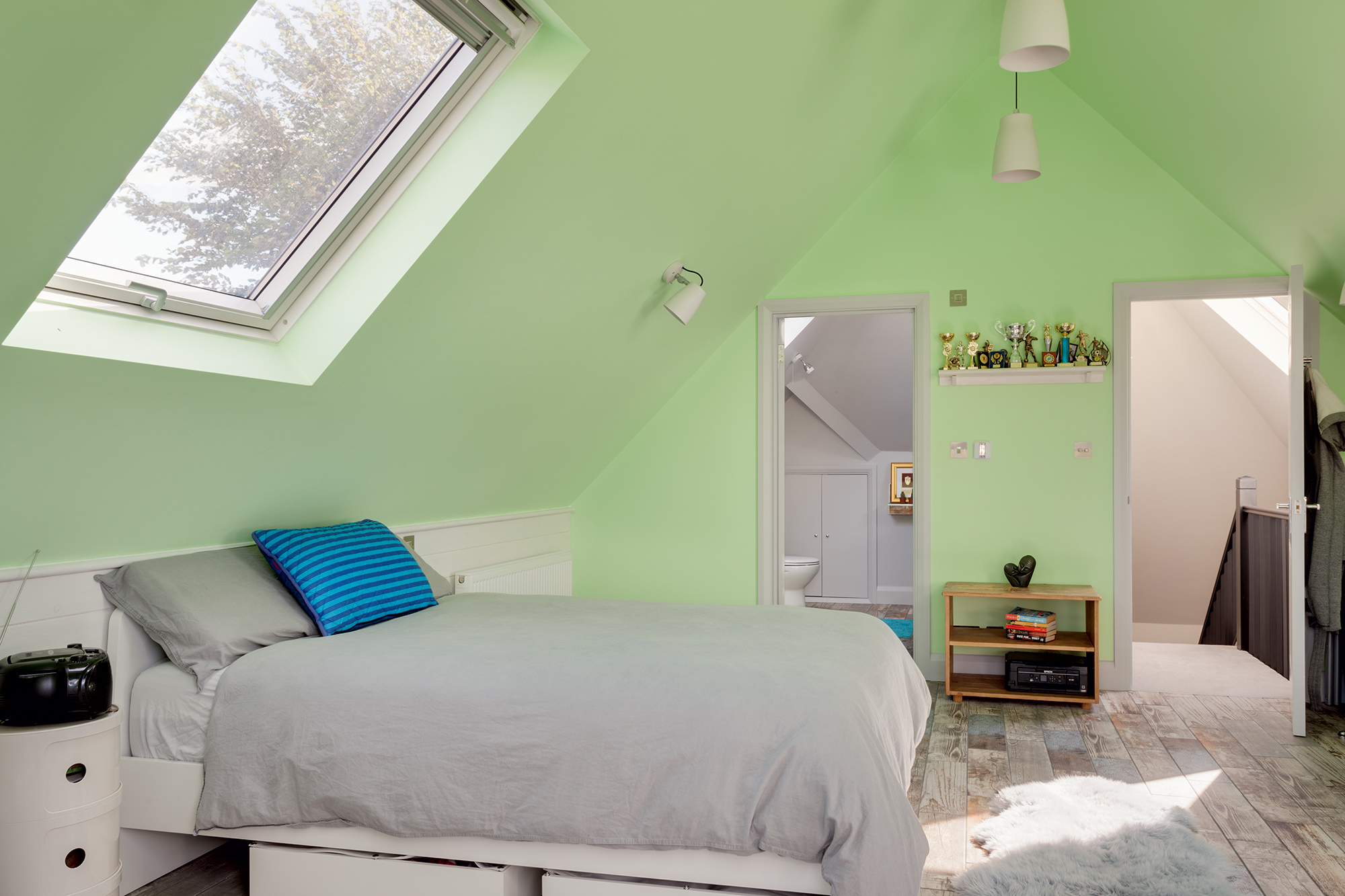
This loft – a previously cold and uninsulated space – was given a new roof structure and tiles. The storey was beautifully transformed into a spacious bedroom with an ensuite.
The most successful loft conversions are those that appear to be an integral part of the existing property, both inside and out.
Spend some time planning your space and think through problems such as restricted headroom, sacrificing space below in favour of access or simply providing inadequate access to avoid seeing your profits plummet.
Adding to the number of bedrooms is the most popular reason for converting but remember that an en suite and sufficient storage are now seen as ‘must-haves’ for bedrooms in loft conversions.
| Know the Ceiling Price
Try to go into your project with a developer’s hat on. One of the first things you should do is to look at what the ultimate resale value of the property will be. “Every street has a ceiling price; find out what this is by getting valuations from local estate agents. And then get quotes on the work that needs to be done,” says Opinder. It’s incredibly rare to be able to break through this ceiling price. So if you want to add value and make a profit, then the total cost of the house and your improvements must come in under the top-end value on your street. |
4. Update your bathroom
A second bathroom can add between five and nine per cent to the value of your home, according to Nationwide.
Renewing an existing suite may add saleability, but will only recoup 25 per cent of the cost. In terms of numbers, houses with four bedrooms or more should have a minimum of two bathrooms, while those with bedrooms on different floors should have at least one bathroom per floor.
For those with a downstairs bathroom it is well worth considering a move upstairs. A new bathroom can cost around £4,000 to £5,000, but upgrades can easily see this figure triple.
Adding an en suite to a larger room often proves cost effective, but do ensure that the space is not compromised. When it comes to conversions, think carefully before sacrificing a bedroom.
Converting a tiny boxroom into a bathroom in a home with at least three good rooms is fine, but beware of reducing a three-bedroom property to two.
“Use efficient products to give access to water and energy rating certificates, which will improve the saleability of your home,” says Yvonne Orgill, CEO of the Bathroom Manufacturers Association (BMA).
5. Revamp your kitchen
Second in Halifax’s list of home improvements most likely to add value is a modern fitted kitchen. This can add anywhere between four and 10 per cent to the price of your home.
While it’s possible to buy a new kitchen for £4,000, according to the FMB, the average spend tends to be £10,000 to £14,000 – and costs can rise to more than £50,000.
The trick is to ensure that the amount you spend is in proportion to the value of your home. Spending £20,000 on a £150,000 house, for example, is simply a wasted investment.
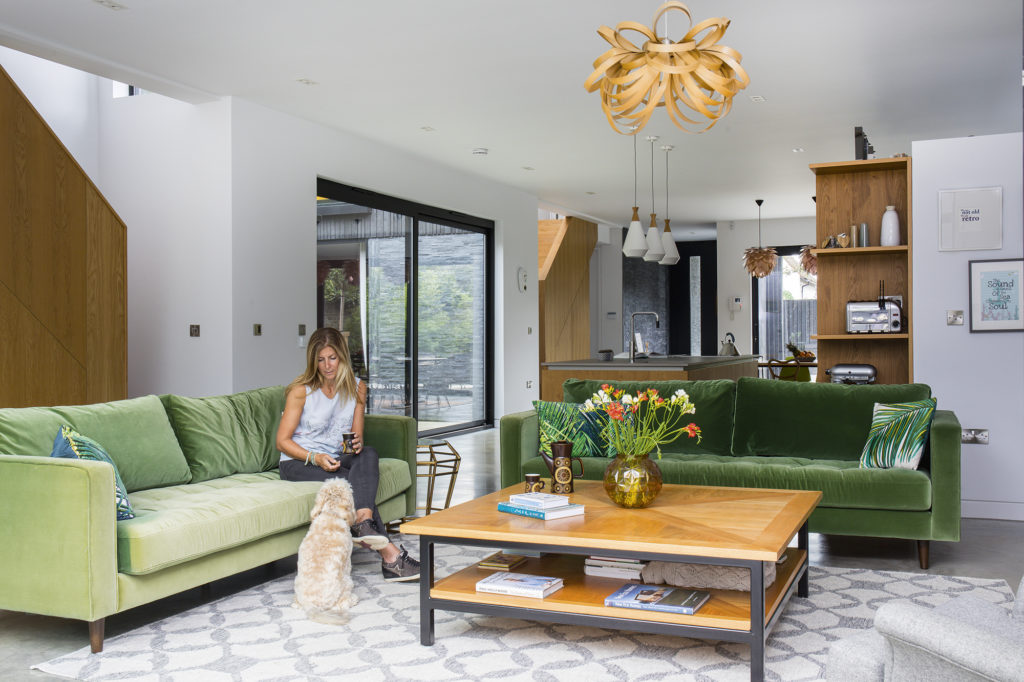
This contemporary home embraces an open-plan design. Check out the floor plans for this project >
Open-plan layouts are now very much in vogue and knocking through to an adjoining room to create a large family room or kitchen-diner can prove more cost effective than extending, as long as it is not at the expense of the only reception room.
You should also ensure the various zones are clearly defined, so that the new space works effectively.
6. Add a conservatory or garden rooms
A conservatory is a relatively simple way of adding extra living space to a house and, according to a 2007 survey by GE Money Home Lending, as long as it can be used all year round, it will increase the value of your home.
A good conservatory that enhances your home both externally and internally will increase your home’s value by around four or five per cent, according to the Royal Institute of Chartered Surveyors (RICS).
But beware: a poorly thought out and constructed one could actually devalue your property so the RICS recommend paying extra attention to the design and layout of your conservatory. Prices range from a few thousand for off-the-peg designs to around £15,000 to £20,000 for a quality bespoke build.
Alternatively, you could opt for an independent garden structure complete with electricity, heating and even drainage.
Ideal as a home office or teenage space, installation causes minimal disruption and a good garden room can, according to property expert Sarah Beeney, add up to five per cent to the value of your home.
7. Restore or repair period features
There is no doubt that reinstating or restoring period features can add value to your home, but by exactly how much is difficult to calculate.
According to Nationwide, today’s buyers are prepared to pay a premium of up to 30 per cent for a several hundred-year-old character property with original features and around eight per cent for a Victorian home.
Victorian Cottage Retains Period Features in Tasteful RenovationThis couple’s goal was to remodel their Victorian cottage for modern life. They wanted to make better use of the space while respecting the building’s original fabric. “I wanted to concentrate on exposing the history of the house,” says interior designer Nicola. “The idea was to keep as many original elements as I could and use new features to add a modern twist.” |
Exactly how much of this premium you can benefit from will be dependent on the features you reinstate.
Quality reclaimed items do not come cheap and reproduction pieces will not have the same effect unless they utilise traditional materials and construction methods, and are indistinguishable from the genuine article.
Attempting DIY restoration can do more harm than good, so it’s worth spending a bit extra and calling in the professionals.
Features must also be in keeping with the style, era and proportion of your property, so take the time to research the history of your home to ensure an authentic finish.
8. Spruce up your home’s exterior
Buyers often decide whether they like a property even before they reach the front door, so paying attention to the exterior (“kerb appeal”) of your home can reap rewards in terms of saleability.
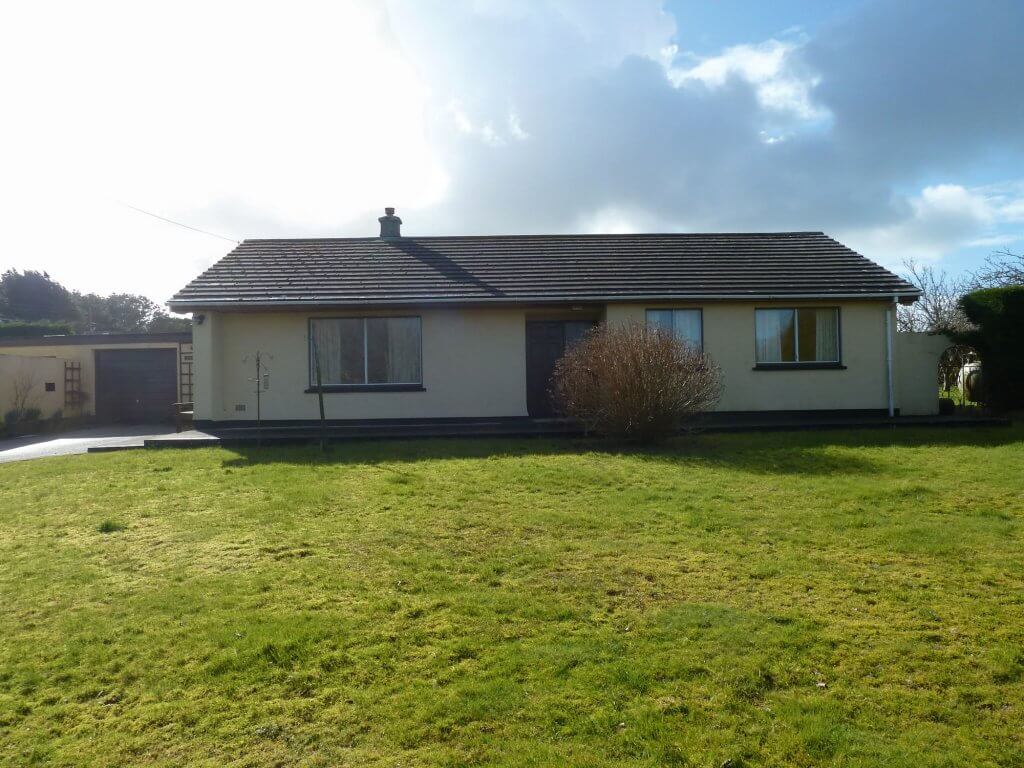
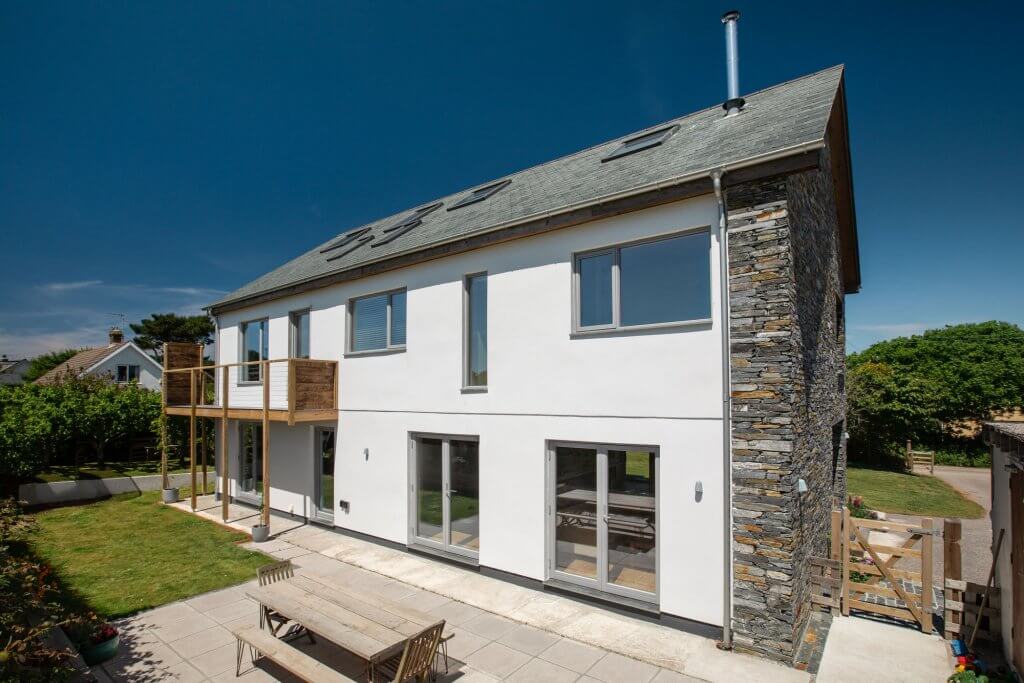
A smart front door is a must, while regular maintenance – including clearing drains, replacing rotten wood, ensuring rendering or paintwork is in tip top condition and repairing walls, fencing and gates – will save you money in the long run.
Make an entranceFirst impressions count, so installing a new front door can be a great way to boost your home’s kerb appeal and add value to your property. Urban Front‘s contemporary Parma model can be customised to suit your aesthetic requirements, with an array of opening configurations, finishes and colours all available. |
If you are considering paving a front garden to create off-street parking, then ensure that it is sympathetic to your home by using co-ordinating materials and soften the effect with planting.
One quick and easy way to do enhance kerb appeal is to tidy up poor-quality masonry with fresh render.
When it comes to the back garden, Halifax found that 45 per cent of buyers regarded garden improvements as highly desirable.
A tidy garden will always appear larger than a messy one and homeowners should avoid making their garden spaces too personal. Instead, look to creating a simple, stylish, welcoming space and consider adding a patio or decking area for dining alfresco.
9. Refresh underfoot
Flooring makes a massive impact on the overall feel and value of a home.
“Old tired laminates and worn, unattractive carpets are an instant sign that your home needs updating,” says Peter Keane, director at The Natural Wood Floor Company.
COMPLETE GUIDE TO FLOORING FOR YOUR HOME
There are various upgrade options, including going for new high-quality carpet or switching to tiles in rooms like kitchens and bathrooms. But one of the simplest and most instantly impactful choices can be a characterful wood floor.
10. Go green and save money
New legislation, rising energy bills and concerns about the planet have seen many of us look to alternative ways of running our homes and conserving energy.
A Halifax report from 2007 revealed that almost two thirds of homeowners were eager to improve their properties using environmentally friendly features in order to increase their value, and BeatThatQuote.com predicts that an eco-friendly house will soon be worth six per cent more than a standard home.
Improvements ranging from heat pumps, solar panels and wind turbines to double glazing, cavity wall insulation and condensing boilers will all significantly cut running costs and conserve energy.
If you are looking for a cheap and easy way to reduce bills then something as simple as upgrading the insulation in your roof (around £100) could reduce heating bills by £210-250 per year according to Nationwide. Great for both you and your potential buyers.
11. Invest in good-quality windows & glazing
Clever use of glazing can make a dramatic statement that completely transforms an existing space. Bifold doors are one way of connecting the garden and living space in a seamless way.
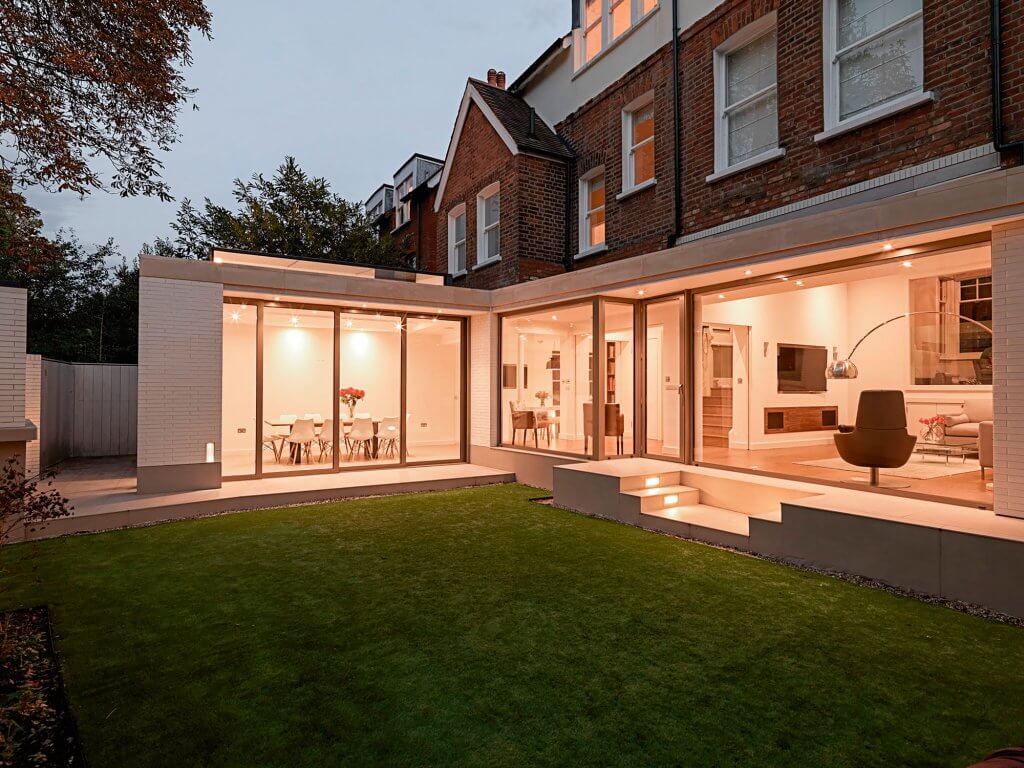
This home uses swathes of sliding glazed doors to draw the garden into the home
“Choosing suitable fenestration will add instant visual appeal. Bifold doors will give you the wow factor and great access to the garden,” says Tim Bolton from Passivlux.
“The cost of triple glazing is really not a lot more than the cost of double,” he continues. “In most cases this will add value as you’ll save energy.”
12. Add garages or off-street parking
With parking spaces at a premium, Nationwide estimates that building a garage can add as much as 11 per cent to the value of your property. This value will be dependent on where you live and could be even more in busy towns and cities.
A basic brick garage will cost around £8,000, but if you really want to cash in and have a large enough home, consider a double garage and use the space above for an extra room.
If a garage is not an option, off-street parking could be the solution. But bear in mind that prospective buyers are looking for a space that is both practical and attractive – not an ugly expanse of tarmac in front of the house.
In all cases, you need to apply to the local council to have the kerb dropped or you could find that parking your car leaves you on the wrong side of the law.
Main image: Sketch Architects
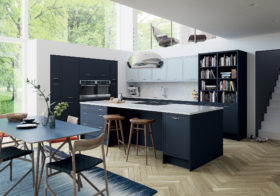
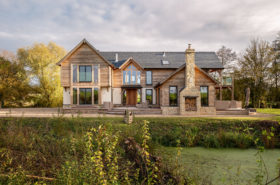
































































































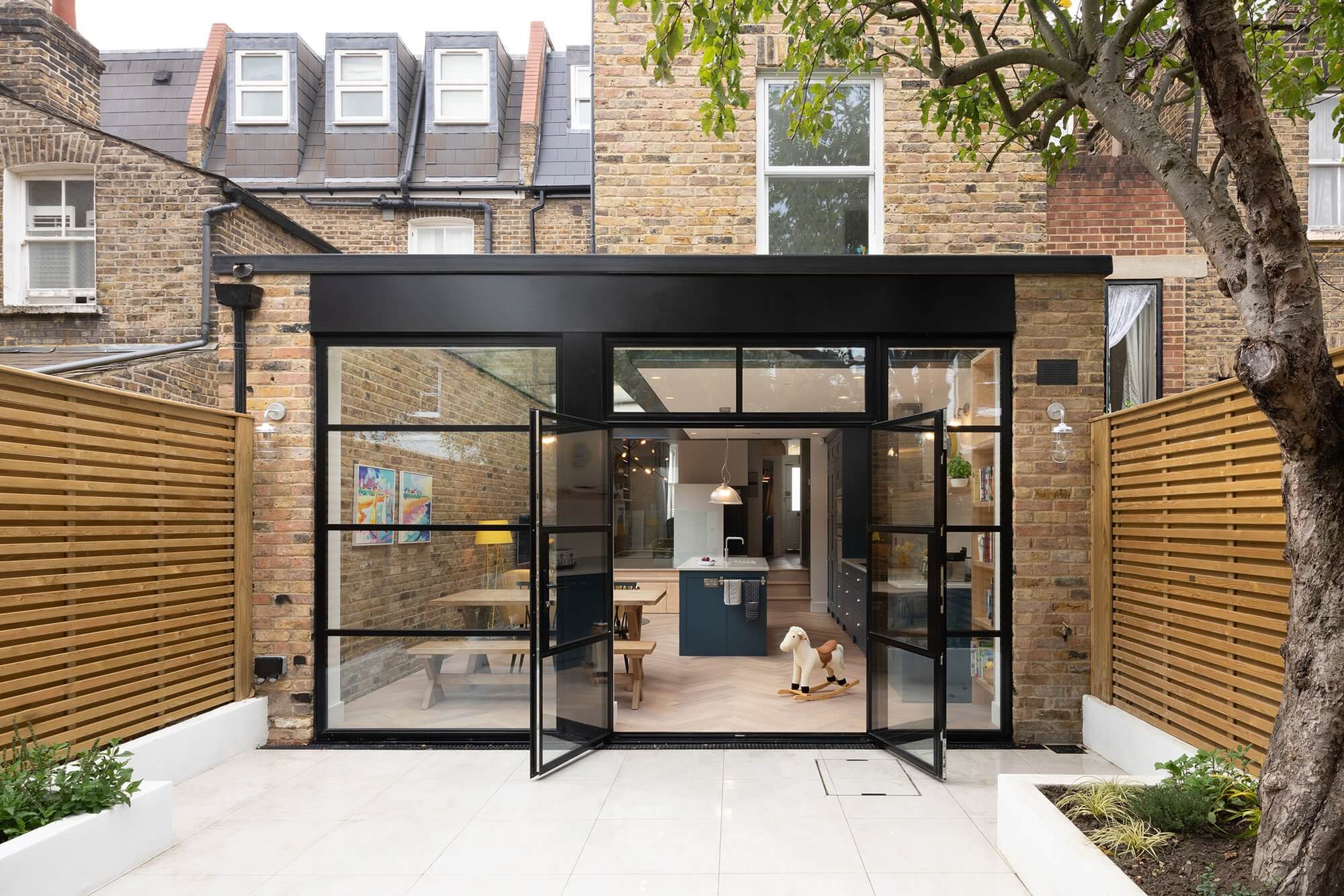
 Login/register to save Article for later
Login/register to save Article for later

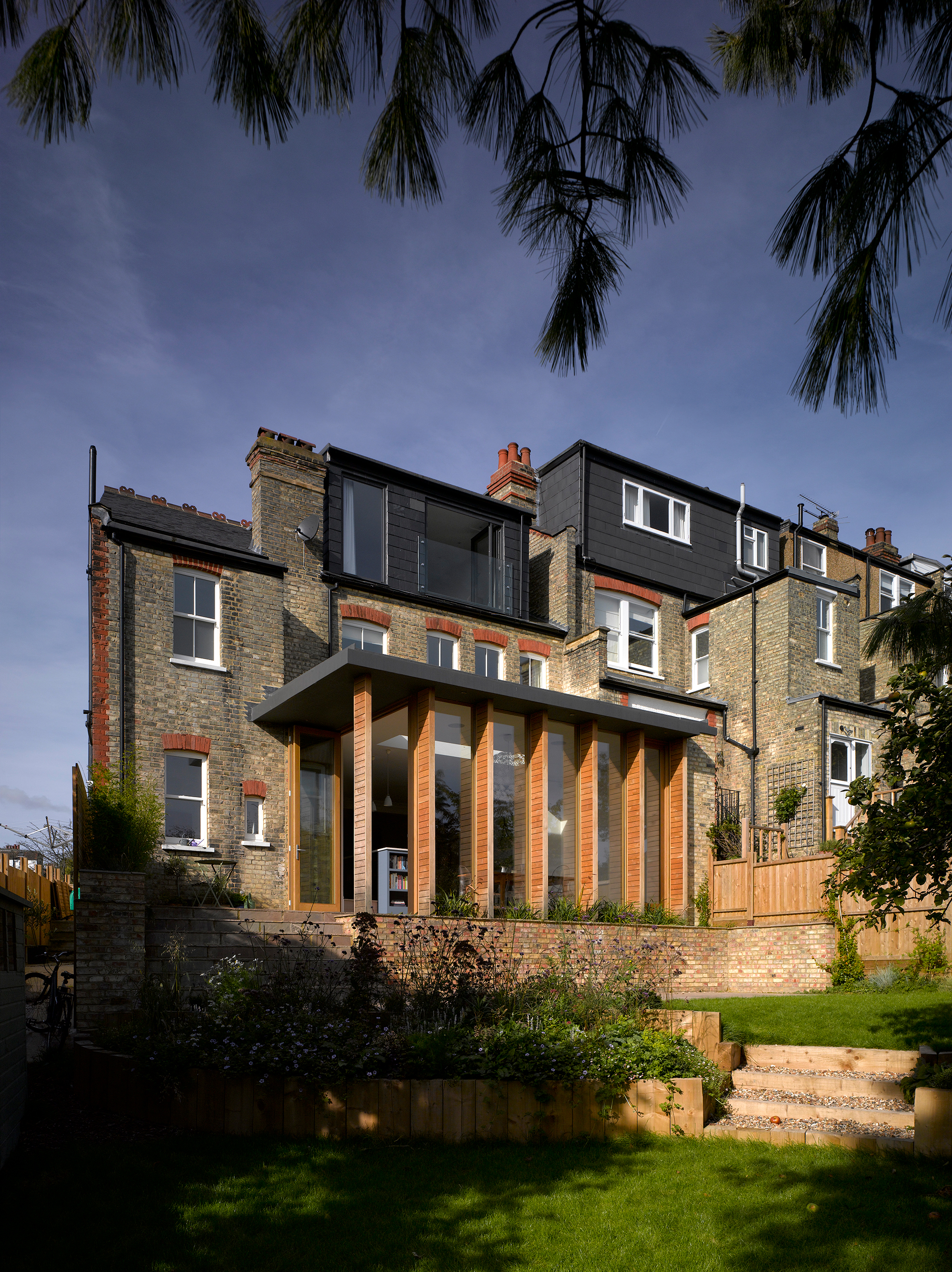
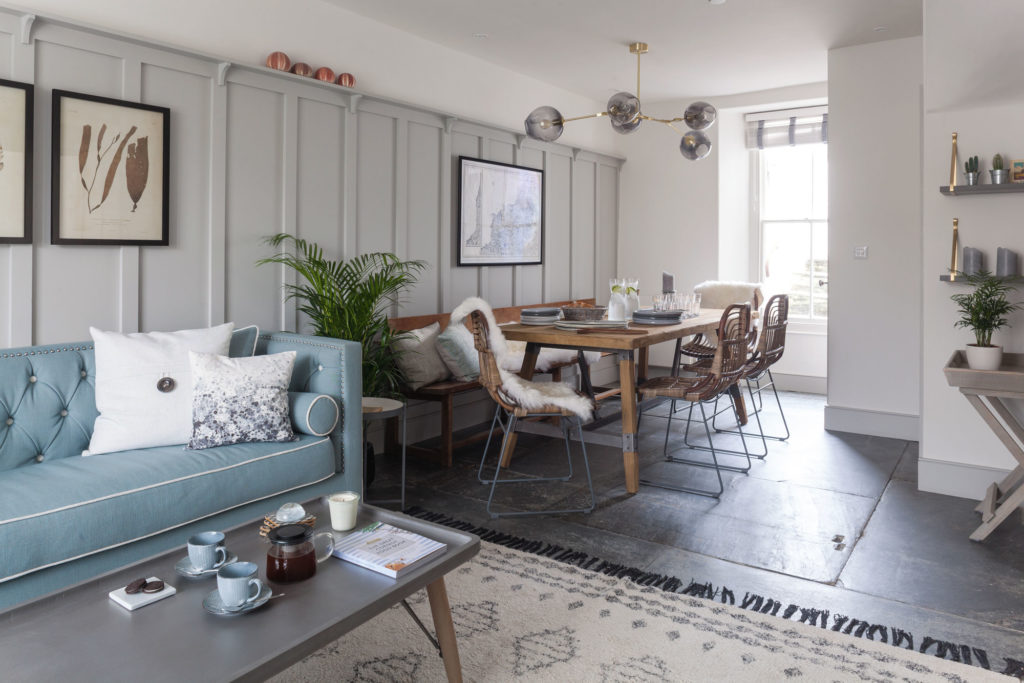
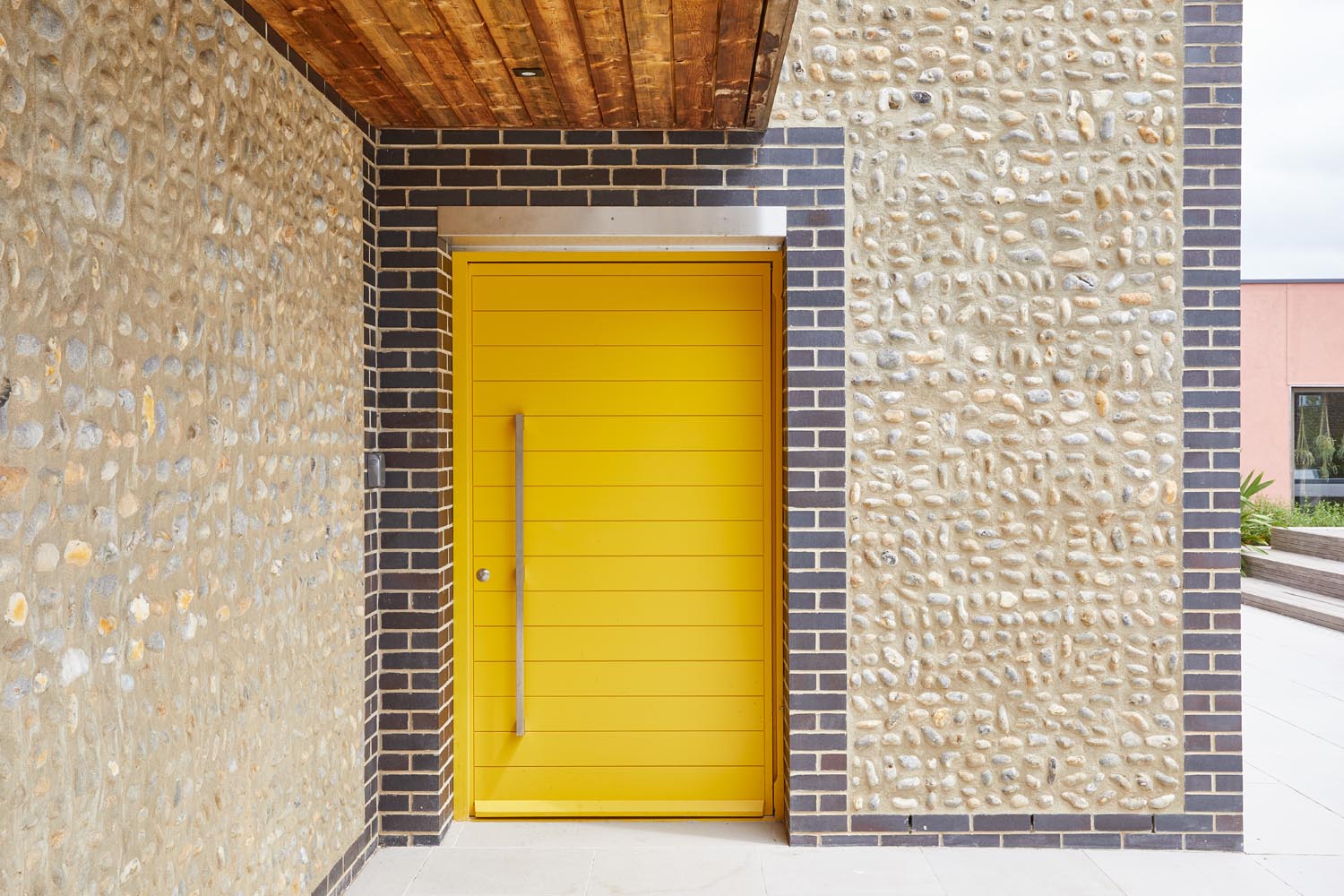
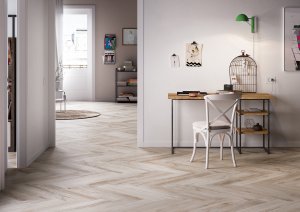
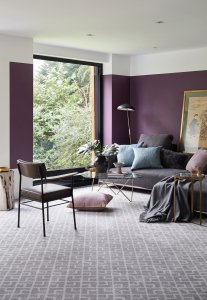
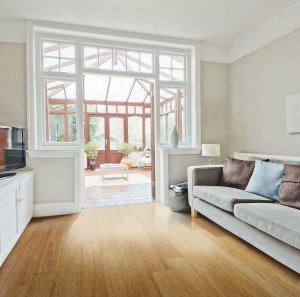
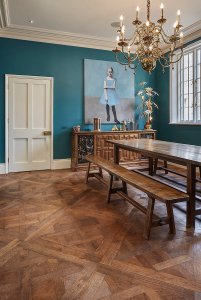
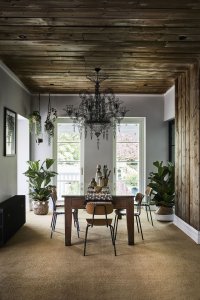
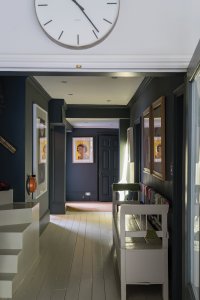
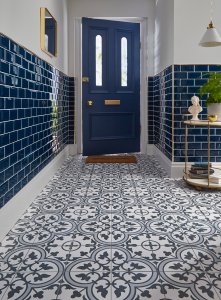
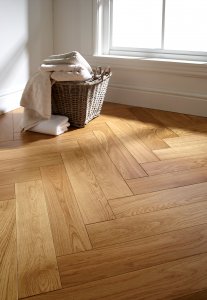
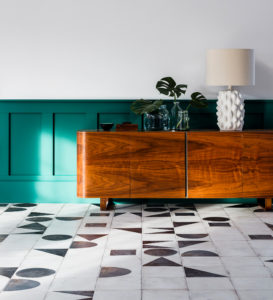
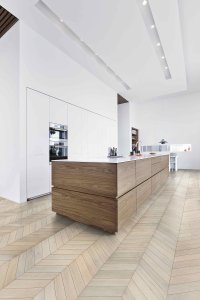
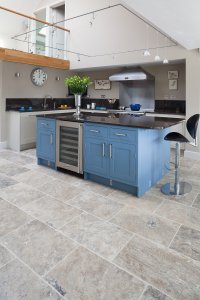
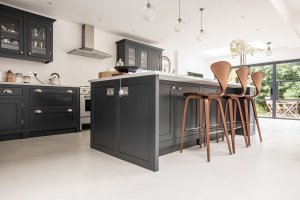
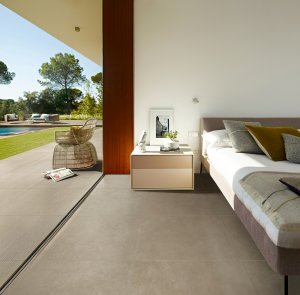

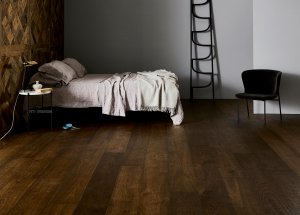
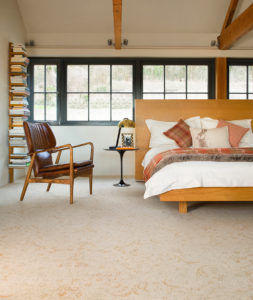
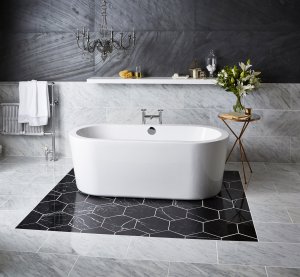
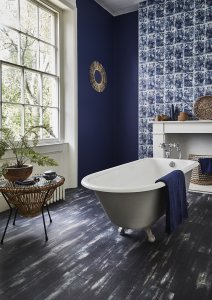
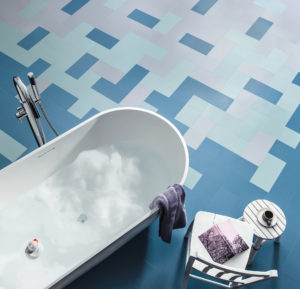



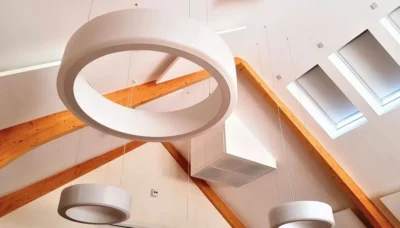
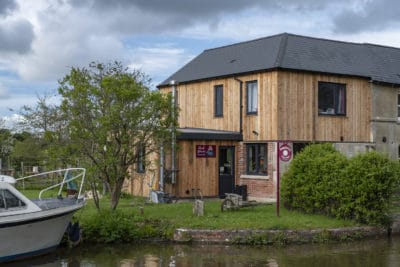
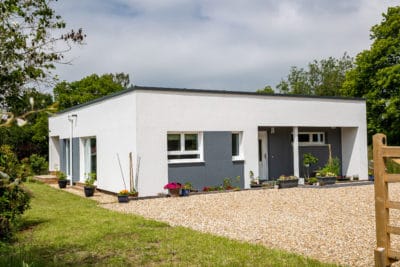
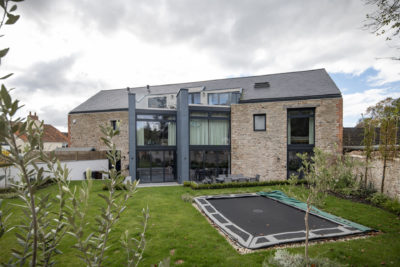





Comments are closed.